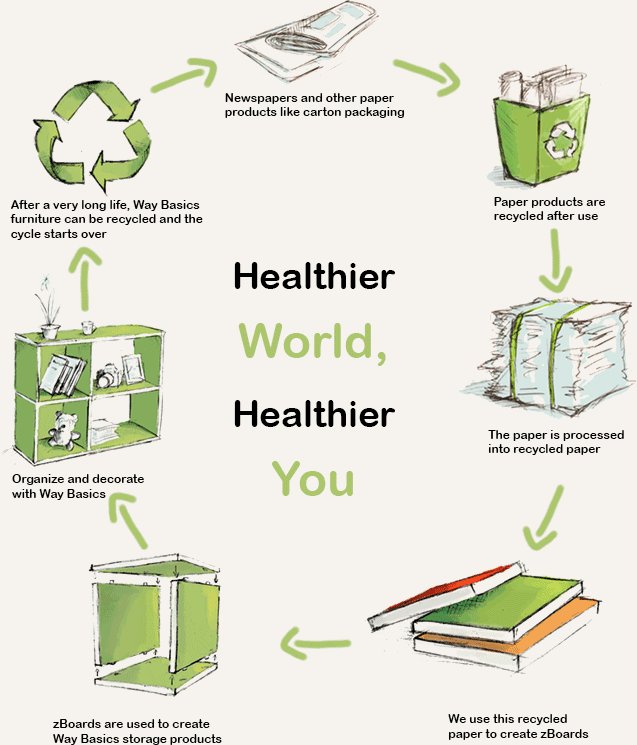eco-friendly furniture be easily disassembled and reassembled for transport
Today we discuss eco-friendly furniture be easily disassembled and reassembled for transport. Are you curious about whether eco-friendly furniture can be easily taken apart and put back together for moving purposes?
The answer is a definite yes! Not only does eco-friendly furniture focus on sustainability, but it also provides the added benefit of easy transportation. Imagine this scenario: you’re relocating to a new place or rearranging your current one, and the thought of handling bulky furniture items seems overwhelming.
But fret not! Eco-friendly furniture is created with innovation and convenience in mind, enabling you to effortlessly dismantle and reassemble your pieces to suit your transportation requirements. Let’s dive into the realm of eco-friendly furniture to discover how it can simplify your life while lessening your environmental footprint.
eco-friendly furniture be easily disassembled and reassembled for transport:
In today’s eco-conscious world, the importance of eco-friendly furniture is rising. People are looking for sustainable furniture that is easy to disassemble and transport, to reduce their carbon footprint. This article will discuss the significance of eco-friendly furniture, focusing on its portability and reusability.
The Importance of Disassemblability and Reassemblability
When considering eco-friendly furniture, the ability to disassemble and reassemble it easily for transportation is crucial. This feature allows for efficient packing, reducing the volume required for shipping and minimizing the environmental impact associated with transportation. By breaking furniture down into smaller components, it becomes more manageable to transport and reduces the need for excessive packaging materials.
Eco-Friendly Materials and Design
To ensure easy disassembly and reassembly, eco-friendly furniture is typically designed and constructed using sustainable materials. These materials are chosen for their durability, recyclability, and low environmental impact. For example, bamboo is a popular choice due to its fast growth and renewability, while reclaimed wood provides a second life for salvaged materials. In addition to the materials used, the design of eco-friendly furniture takes into account the ease of assembly and disassembly, with the aim of minimizing complexity and maximizing efficiency.
Sustainable Materials:
- Bamboo
- Reclaimed wood
- Recycled plastic
- Recycled metal
- Organic textiles
Design Considerations:
- Modularity
- Interchangeable components
- Simplified assembly mechanisms
- Clear instructions and labeling
Benefits of Easy Disassemblability and Reassemblability
The ability to disassemble and reassemble eco-friendly furniture offers several key benefits, not only from an environmental standpoint but also in terms of practicality and cost-effectiveness.
Reduced Environmental Impact:
By disassembling furniture for transport, the volume and weight are significantly reduced, leading to a reduced carbon footprint during shipping. Additionally, eco-friendly materials and recyclable components ensure that the furniture has a lower overall environmental impact compared to traditional furniture.
Convenience and Flexibility:
Easy disassemblability and reassemblability provide convenience and flexibility for both consumers and manufacturers. Consumers can easily move furniture when needed, whether it’s due to relocation or rearranging their living space. Manufacturers can optimize storage and transportation, reducing warehouse space and associated costs.
Longevity and Adaptability:
The ability to disassemble and reassemble eco-friendly furniture extends its lifespan. As components can be replaced or repaired, the furniture can adapt to changing needs and avoid being discarded. This promotes a circular economy where products have a longer life cycle and contribute to reduced waste.
Challenges and Considerations
While the concept of easily disassembling and reassembling eco-friendly furniture is appealing, there are some challenges and considerations to keep in mind.
Compatibility and Interchangeability:
Not all eco-friendly furniture is designed with interchangeability in mind. It is important to ensure that the furniture components are compatible and can be easily replaced or interchanged, should the need arise.
Complexity and Durability:
Striking a balance between simplicity and durability can be challenging. While easy assembly and disassembly are desirable, the furniture must also withstand regular use and maintain its structural integrity. Careful consideration must be given to the design and materials used to ensure longevity.
Standardization and Instructions:
For ease of assembly and reassembly, standardized components and clear instructions are essential. Manufacturers must provide detailed instructions, labeling, and ensure parts are readily available for replacement purposes.
The Future of Eco-Friendly Furniture
As sustainability continues to gain importance, the future of eco-friendly furniture looks promising. Advancements in design, materials, and manufacturing processes will further enhance the disassemblability and reassemblability of furniture, making it even more practical and accessible for consumers.
Manufacturers are increasingly recognizing the benefits and demand for eco-friendly furniture. With continuous innovation, furniture that is not only environmentally friendly but also easy to transport, disassemble, and reassemble will become more prevalent.
Faqs for eco-friendly furniture be easily disassembled and reassembled for transport:
Yes, eco-friendly furniture is designed to be easily disassembled and reassembled for transport. Manufacturers prioritize sustainability and convenience, ensuring that their eco-friendly furniture can be easily taken apart and put back together without compromising its structural integrity.
This feature allows for efficient packing, transportation, and even storage. With the use of simple tools and clear instructions, anyone can disassemble and reassemble eco-friendly furniture, making it a practical choice for those who frequently move or want to reduce their environmental impact.
Eco-friendly furniture achieves easy disassembly and reassembly through innovative design and the use of smart connectors and fasteners.
These connectors and fasteners are specifically designed to provide a secure hold while still allowing for easy detachment and reattachment of different components.
In addition, manufacturers prioritize using materials that are lightweight yet durable, ensuring that the furniture remains stable even after multiple assembly and disassembly processes.
Easily disassembling and reassembling eco-friendly furniture for transport offers several benefits. Firstly, it allows for convenient packing and transportation, as the furniture can be compactly packed without taking up excessive space.
This is especially useful when moving to a new location or shipping the furniture. Secondly, it reduces the risk of damage during transport, as disassembled furniture is less prone to bumps and scratches.
Lastly, it promotes sustainability by enabling the reuse of furniture in different spaces without the need for purchasing new items.
No, special expertise or tools are usually required to disassemble and reassemble eco-friendly furniture. Manufacturers understand the importance of user-friendliness and strive to provide clear instructions and intuitive assembly systems. Most eco-friendly furniture comes with standard tools, such as Allen wrenches or screwdrivers, that are sufficient for the disassembly and reassembly process. However, it is always recommended to follow the provided instructions to ensure proper handling of the furniture and avoid any potential damage.
Yes, eco-friendly furniture is designed to withstand multiple disassembly and reassembly processes without compromising its quality. Manufacturers test their furniture extensively to ensure that it maintains its structural integrity even after repeated assembly and disassembly. By using high-quality materials and sturdy connectors, eco-friendly furniture can be taken apart and put back together numerous times without any significant wear and tear. This durability allows for long-term use and versatility in different living spaces.
Final Thoughts
Eco-friendly furniture offers the possibility of being easily disassembled and reassembled for transport, providing a sustainable solution for reducing the environmental impact of furniture transportation. By designing furniture with simple and intuitive assembly mechanisms, manufacturers can facilitate the dismantling and reassembly process, making it convenient for consumers to transport their furniture without damaging or compromising its quality. The ability to disassemble and reassemble eco-friendly furniture not only promotes resource conservation but also offers consumers the flexibility to adapt their furniture to changing needs and spaces. With advancements in design and technology, the future of easily transportable, eco-friendly furniture looks promising.


